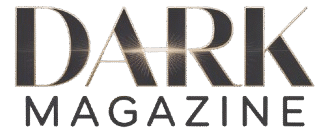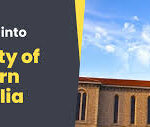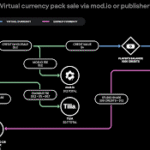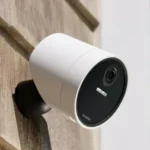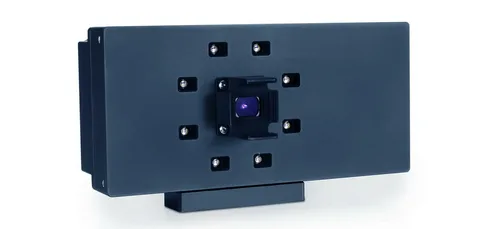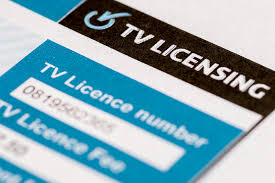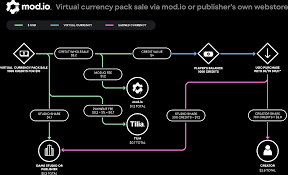In today’s tech-driven world, 3D imaging and depth sensing are playing an increasingly vital role across various industries—from smartphones and robotics to autonomous vehicles and augmented reality. At the heart of many of these applications lies a transformative piece of technology: the Time of Flight camera sensor.
In this comprehensive guide, we’ll break down what a Time of Flight (ToF) camera sensor is, how it works, its applications, and the advantages it offers over other 3D imaging technologies. Whether you’re a developer, tech enthusiast, or simply curious about cutting-edge sensor technology, this article will give you a deep understanding of why ToF sensors are quickly becoming a standard in the world of advanced imaging.
What Is a Time of Flight Camera Sensor?
A Time of Flight camera sensor is a type of depth sensor that measures the distance between the camera and the object in its field of view by calculating the time it takes for a light signal (usually infrared) to travel to the object and back. This travel time is then converted into depth data, allowing the camera to create a 3D map of the environment.
Unlike traditional imaging systems that rely solely on 2D image capture, ToF sensors add a crucial third dimension—depth—making them essential for applications that require real-time spatial awareness.
How Does a Time of Flight Camera Sensor Work?
The working principle of a Time of Flight camera sensor revolves around the speed of light. Here’s a simplified breakdown of the process:
- Emission: The sensor emits a pulse of infrared light toward the scene.
- Reflection: The light hits the objects in the scene and reflects back.
- Detection: The sensor measures how long it took for the light to return.
- Calculation: Using the formula distance = (speed of light × time) / 2, the sensor calculates the distance of each point in the scene.
This information is used to generate a real-time depth map or point cloud, which can be layered onto a 2D image to create a complete 3D model.
Key Components of a Time of Flight Camera Sensor
Understanding the core components can give better insight into the functionality and performance of ToF sensors:
- Illumination source: Usually an LED or laser diode that emits near-infrared light.
- Modulation circuit: Modulates the emitted light to measure phase shifts or time delays accurately.
- Sensor array: Captures the reflected light and sends data to the image processing unit.
- Processor: Calculates depth information and integrates it with the captured image data.
Advantages of Time of Flight Camera Sensors
The Time of Flight camera sensor offers a number of advantages over other depth-sensing technologies such as stereo vision and structured light.
Real-Time Depth Capture
ToF sensors can produce real-time 3D data with minimal latency. This is crucial for applications like autonomous navigation, robotics, and gesture recognition.
High Accuracy Over Distance
Unlike stereo vision, which struggles with accuracy at longer ranges, Time of Flight sensors maintain high precision over both short and extended distances, often from a few centimeters up to several meters.
Compact and Lightweight
Most ToF modules are compact and can be easily integrated into smartphones, drones, and other consumer electronics without adding bulk.
Low Power Consumption
Time of Flight sensors are generally more energy-efficient than LIDAR systems, making them ideal for battery-powered devices.
Robustness in Low Light
Since ToF sensors use infrared light, they are effective even in low-light or complete darkness, which is not the case for conventional cameras.
Applications of Time of Flight Camera Sensors
Thanks to their versatility and reliability, Time of Flight camera sensors are used in a broad range of industries and applications.
Smartphones and Tablets
ToF sensors enhance photography by enabling advanced autofocus, background blur (bokeh), and AR experiences. Some smartphones use them for facial recognition and 3D scanning.
Automotive and Autonomous Vehicles
In cars, ToF sensors aid in collision detection, parking assistance, and in-cabin monitoring. Autonomous vehicles rely on depth data to perceive and navigate their environment safely.
Robotics
Robots use Time of Flight sensors for object detection, path planning, and obstacle avoidance. They are particularly useful in warehouse automation and service robots.
Industrial Automation
In manufacturing and quality control, ToF sensors are employed to detect object dimensions, alignment, and presence with extreme accuracy.
Security and Surveillance
ToF sensors enable advanced surveillance systems with features like motion detection, human presence detection, and facial authentication.
Healthcare
Medical devices use ToF technology for body measurements, patient monitoring, and non-contact health diagnostics.
For more cutting-edge articles on 3D vision technology and related innovations, visit DarkMagazine.co.uk to stay updated with the latest trends and insights.
